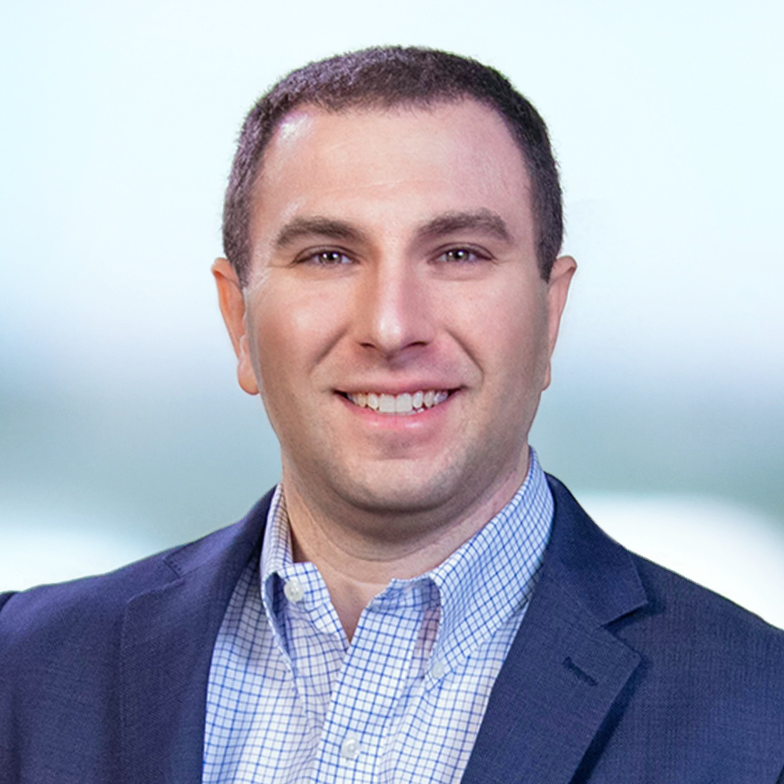3 Types of Social Engagement for Disasters
/Social media is becoming ingrained within the daily operations of disaster management. From mitigation through recovery, emergency management agencies are implementing social media strategies. But with limited precedent and understanding for their effectiveness, change is hard. Operationally speaking, how do organizations begin tackling their social media strategy? What tools are being used? Who is assigned the responsibility? And for what specific area? What procedures/policies/processes are being used to support disaster social media?
We know the many social tools that are out there...Twitter, Facebook, LinkedIn, MySpace, etc. The tools, though, don't not necessarily help us achieve our fundamental objective of preparing our communities through effective engagement. This is where strategy comes in and the different types of social media strategies.
3 TYPES OF SOCIAL ENGAGEMENT
Whether you as the Disaster Manager, Public Information Officer, or Intern is at the helm for your organization's social media, it is important to develop your strategy around 3 types of engagement that span all phases of disaster management.
1) Messaging. Probably the most common and time-honored type of communication strategy for disaster management organizations, social media has added tools that enable use to do this more effectively. Press releases, preparedness tips, and incident information can easily be passed through Facebook's and Twitter's status updates.
Public Information Officers (in general) develop dissemination strategies through use of Facebook (using Facebook Pages) or Twitter by increasing the number of follwers. There are also aggregation tools such as HootSuite and TweetDeck (check out 7 Social Media Aggregation Tools to Simplify Your Streams for more tools) that help you manage messaging dissemination. Analytics can also be incorporated through the use of URL Shortners such as bit.ly or Ow.ly. Better yet, show your influence to your bosses and naysayers with Klout, the standard for measuring social influence.
2) Conversation. Probably more difficult, but certainly the next step in disaster social media strategy, conversing with our public is becoming expected and certainly a gray area between messaging and data collection. If the public sends tweets asking questions, they want answers. Conversation is much more expansive than public messaging because it includes going to where the conversation is taking place. These days, more and more conversation is taking place on LinkedIn and niche sites in addition to Facebook and Twitter. It is unrealistic to believe that conversation will only happen on your website.
Conversation, though, can easily eat up manpower and is a risky public media strategy as you develop proper responses to often heated questions and discussions (check out the NYC Social Media Customer Use Policy and the NYC Social Media Policy). But it is one well worth the effort as your community begins to recognize that you are not just listening, but engaging and working on the things that they so desperately need. They need to know not only what you have done, but what you are working on! Begin looking where the conversations are taking place and start engaging now, before the disaster. Create a list of all online places where YOUR communities are engaging and where your organization should have a presence.
3) Data Collection and Management. I will be honest, we aren't here yet, but we are heading in this direction. It is a simple fact, the public is everywhere else that we are not. They are assets in helping us identify and manage unmet need, and in maintaining good situational awareness. But they don't necessarily know what our data reporting needs are and they certainly don't know the best place to feed this information to. But what if we identified existing (or perhaps created) tools that are easy for the public to use and will enable us to do our jobs better? What if we created the processes behind the tools to help manage the flow of information so that public information becomes more meaningful?
Adam Crowe, CEM presented on this future in his conference presentation Going Beyond Facebook & Twitter. He discussed the use of social geo-location tools to ultimately aid:
- Search & Rescue
- Debris Management
- Damage Assessment
- Spotter Deployment
- Field Accountability
Tools like Facebook Places, Foursquare, and Google Latitude are just a smattering of examples. Many new mobile location-based applications are being developed and it is up to us to develop the processes and procedures behind the next generation of applications to meet our information needs from the public. Technology today makes this possible and is a lot simpler than you think with do it yourself tools like SwebApps and AppMakr.
CONCLUSION
Your followers are your community members as well as those in the surrounding areas. Prominent organizations and other response partners in your community are also followers that have the ability to amplify your messages farther than you can imagine. Check to see if your local non-profits or response partners maintain an online social presence and incorporate them into your social media strategy.
What does your social media strategy look like? How is it organized? Who is responsible?
